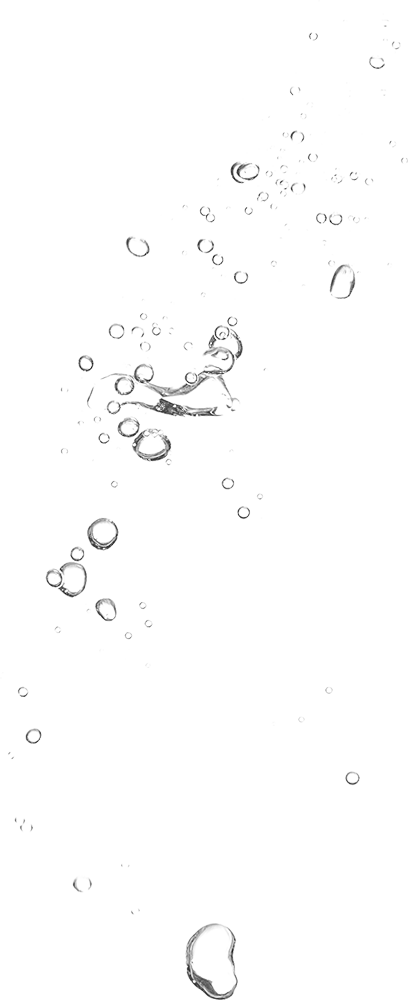
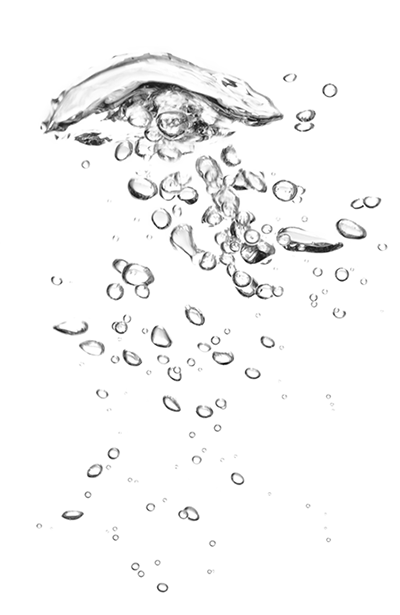
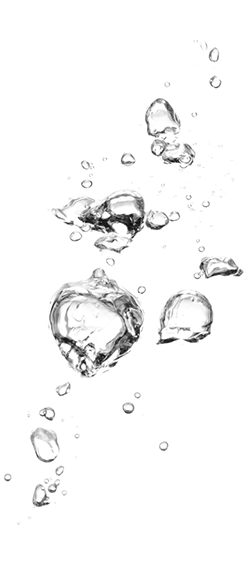
Delivering a sustainable wastewater solution for a rural community
-
Project type Wastewater
-
Area served Rural; mountainous; inland
-
Population served 150,000
-
Status Complete (2014)
Existing wastewater treatment in Morocco has largely relied on facultative and maturation lagoons (large lakes where sewage sits for long periods allowing breakdown by ultraviolet light and aerobic/anaerobic digestion processes), which has led to a poor quality output and odour control issues in populated areas. In seeking to address these issues, Morocco’s Office National de l’Electricité et de l’Eau Potable – Branche Eau (ONEE) asked Biwater to design and construct a new wastewater facility with trickling filters – the country’s first to incorporate trickling filters.
At each stage of the project, Biwater worked closely with ONEE to ensure that the solution provided was appropriate for the rural community it would be serving, while incorporating a number of treatment processes to minimise ongoing operational costs.
This facility was designed to cater for Khenifra’s expected population expansion through to 2025, and guarantees low ongoing operational costs.
Yassine Laib, Country Manager, Morocco, BiwaterThe project reflected heightened environmental awareness in Morocco, and the country’s efforts to utilise alternative technologies to improve wastewater treatment provisions for all. Proud of the project’s accomplishments, ONEE promoted the use of trickling filters, and other high efficiency and low cost technologies utilised in the project, to other ONEE regional branches to improve knowledge transfer, but also externally to local citizens to convey the project’s success more widely.
Works:
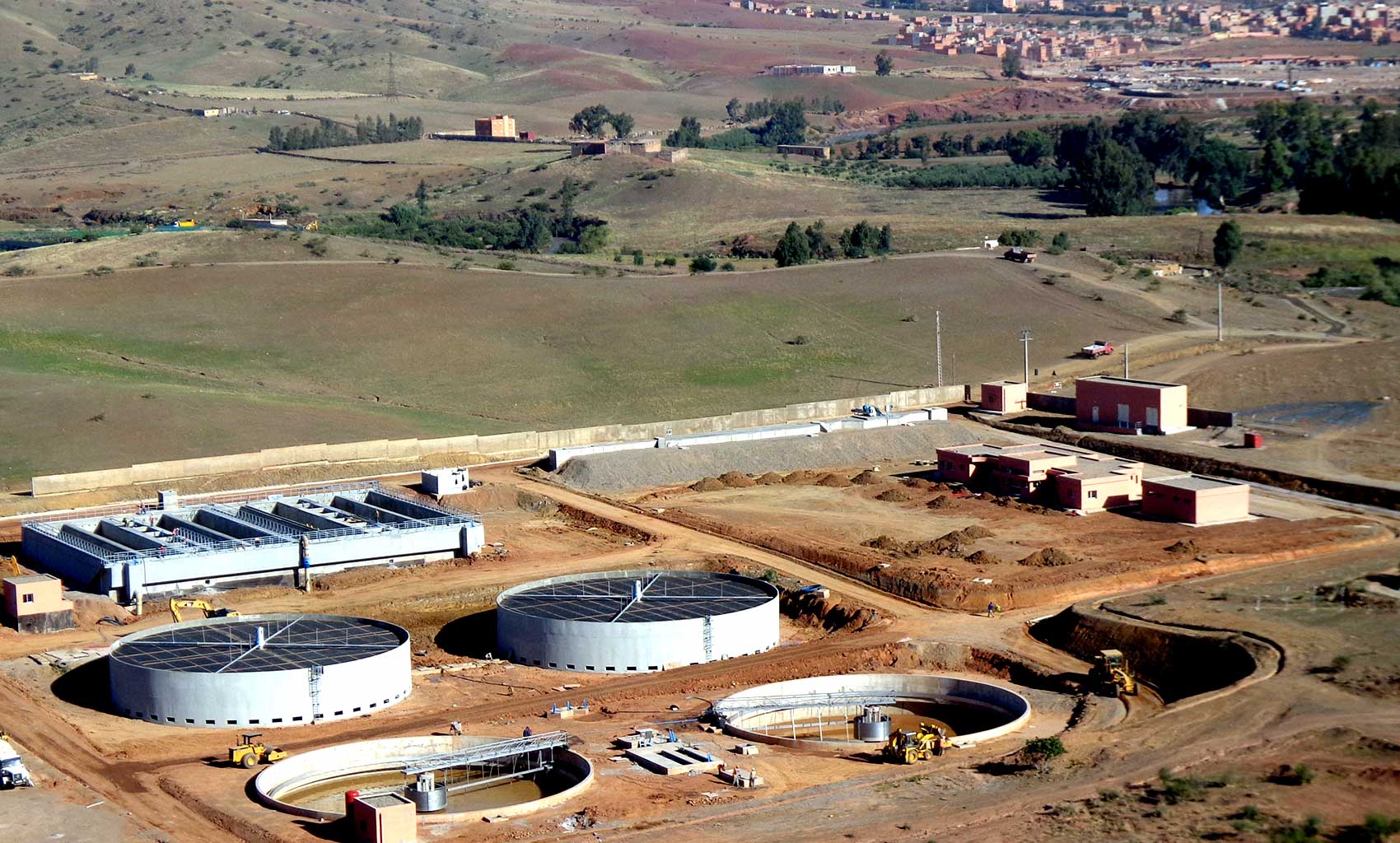 Overall plant view during construction
Overall plant view during construction
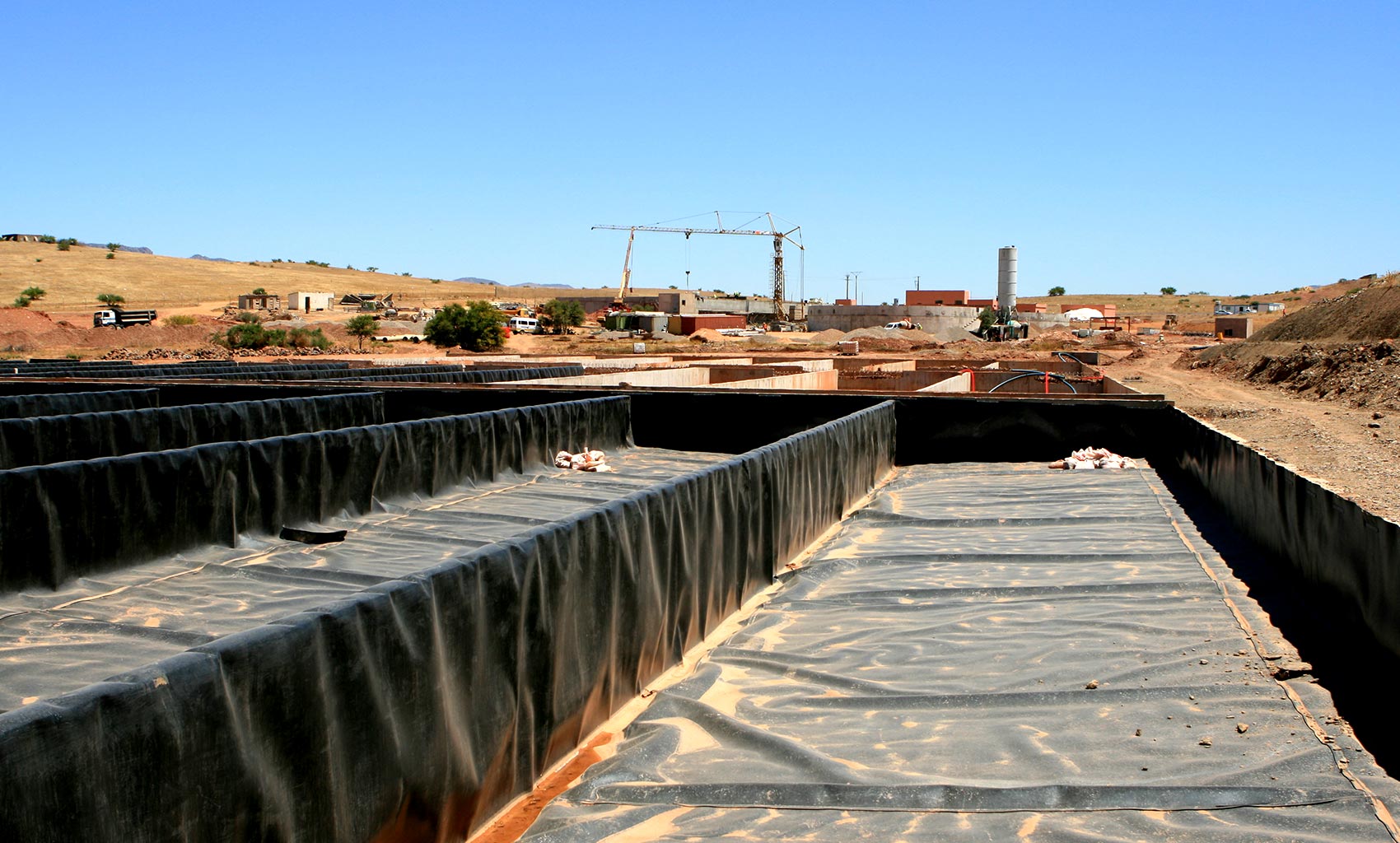 Sludge drying beds under construction
Sludge drying beds under construction
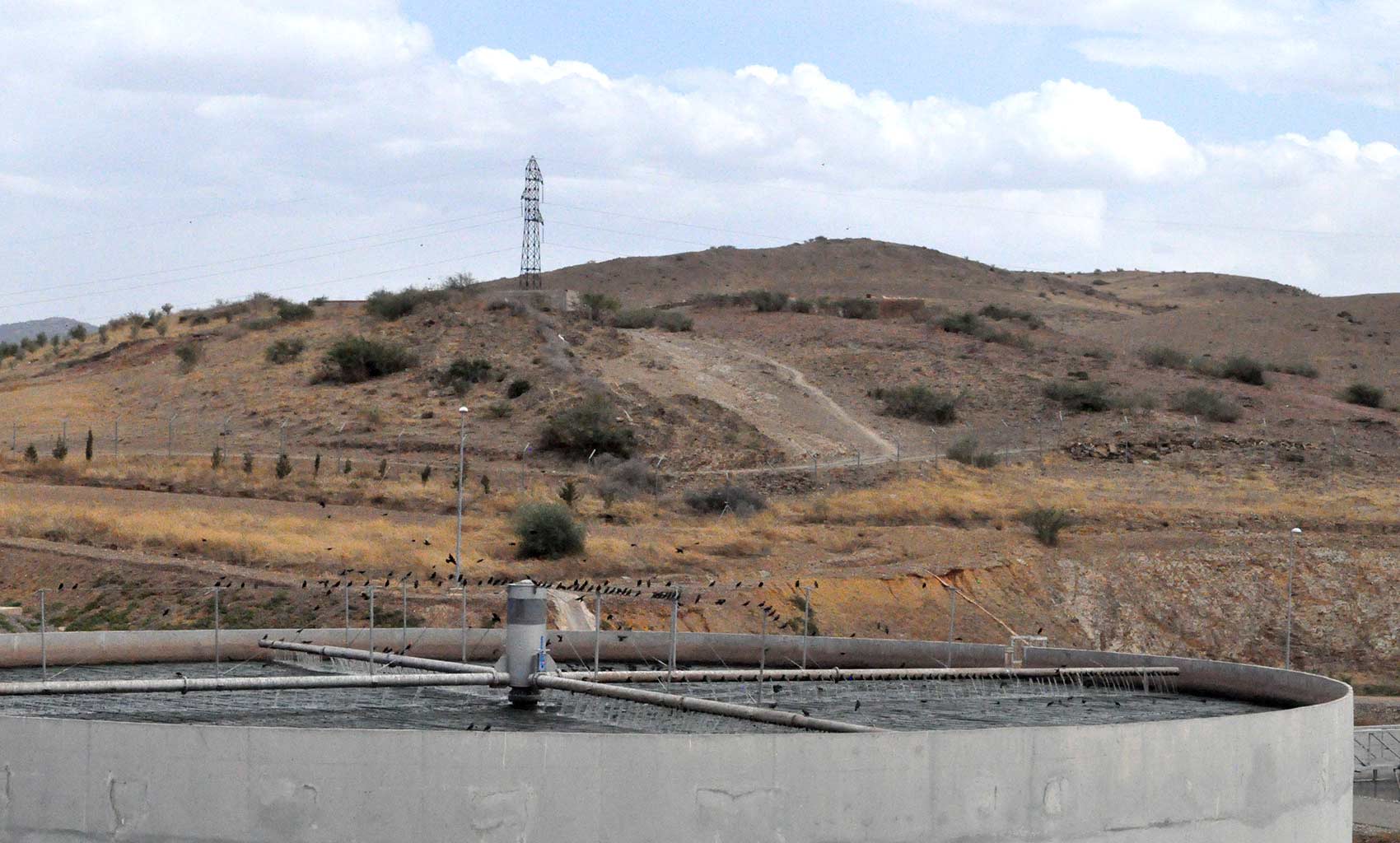 Close-up view of trickling filter
Close-up view of trickling filter
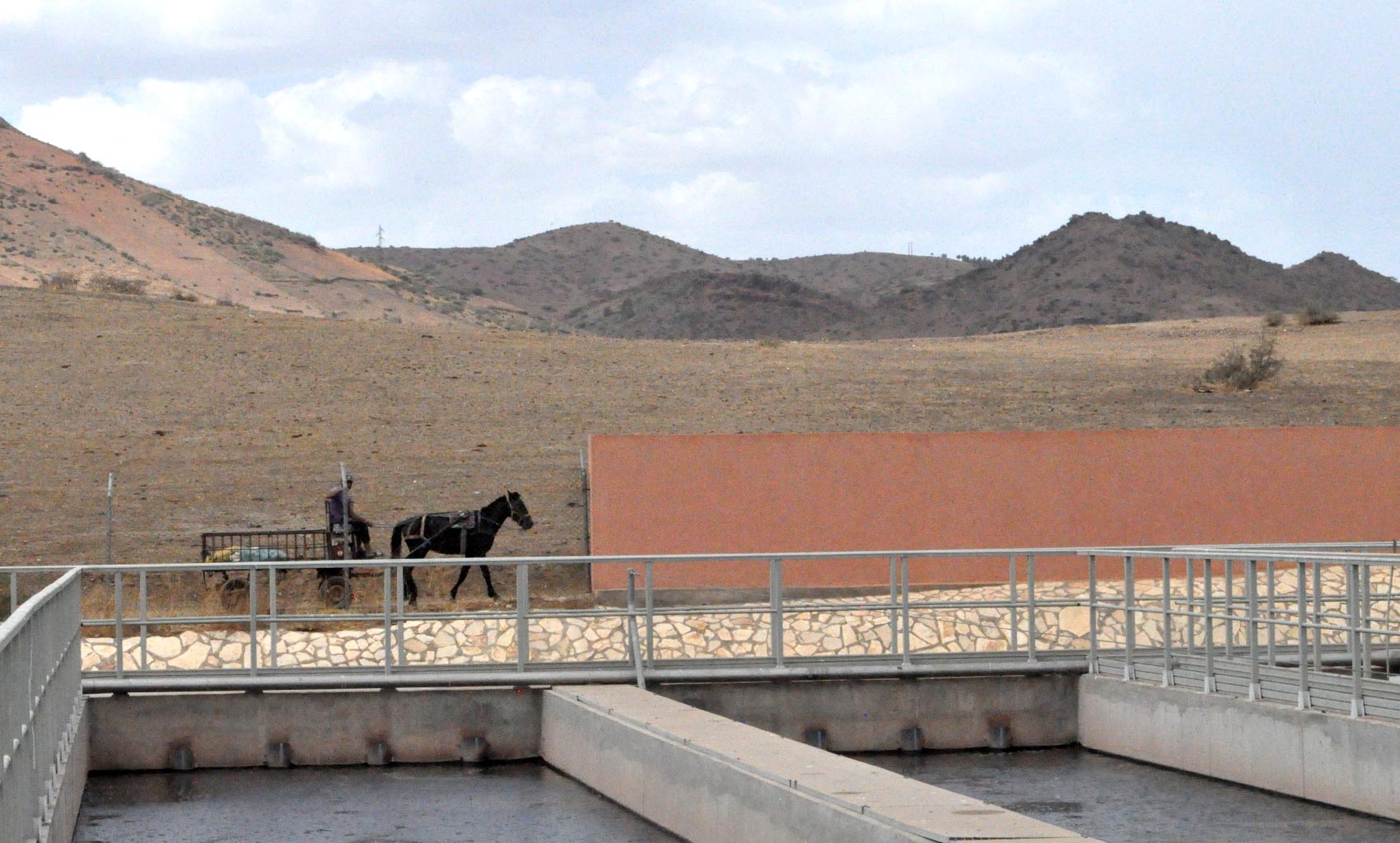 Imhoff tank
Imhoff tank
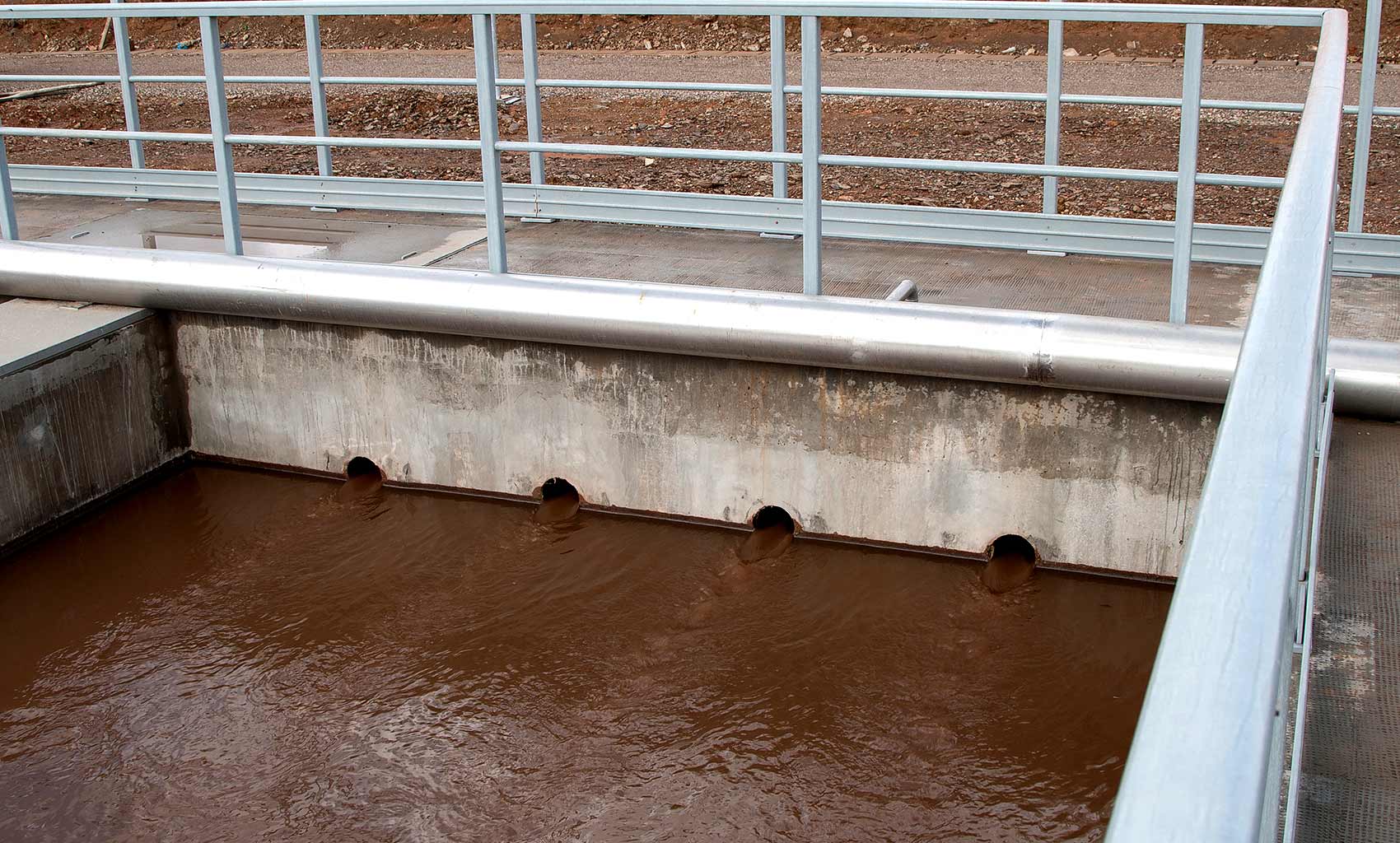 Imhoff tank inlet
Imhoff tank inlet





Local area:
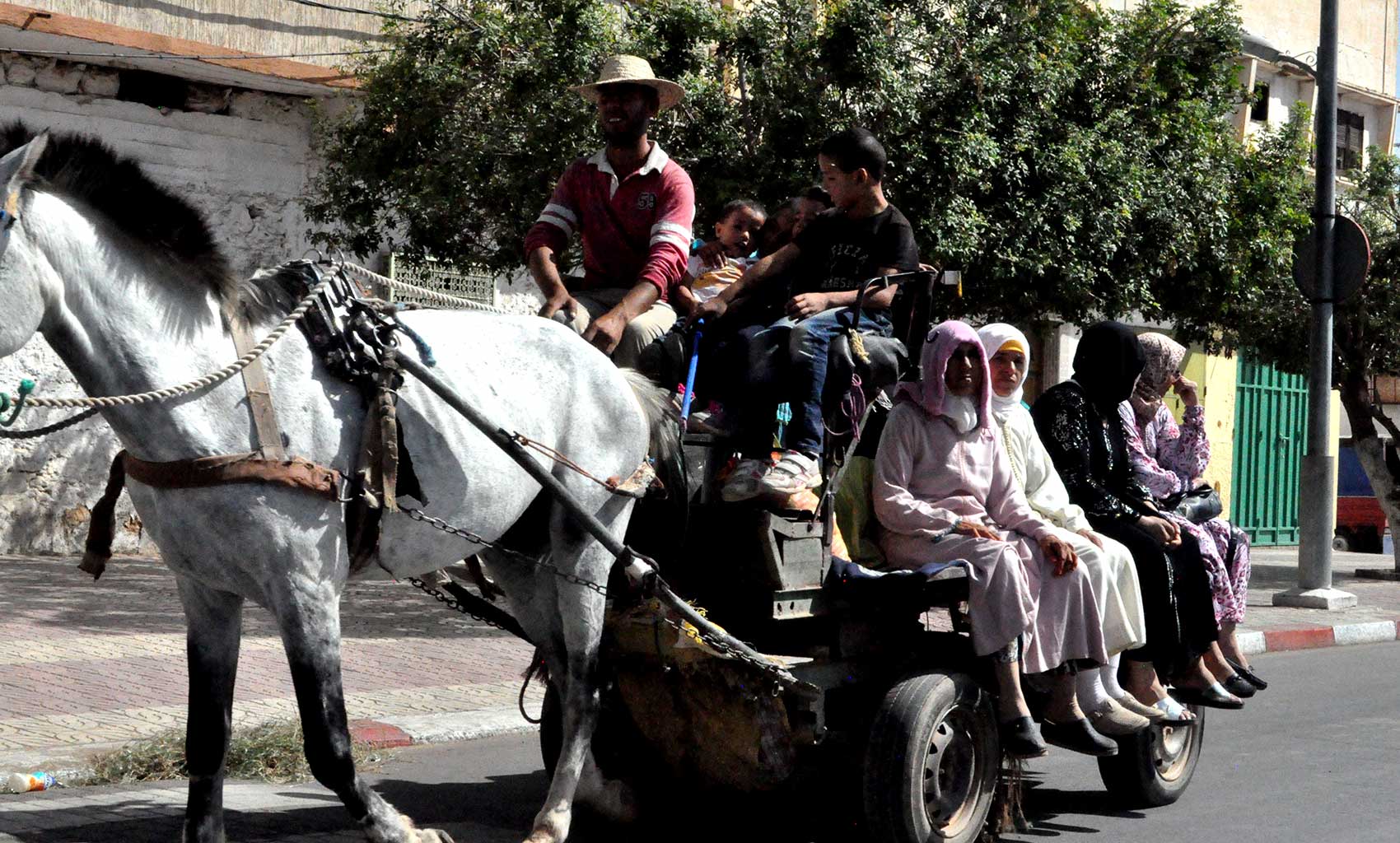
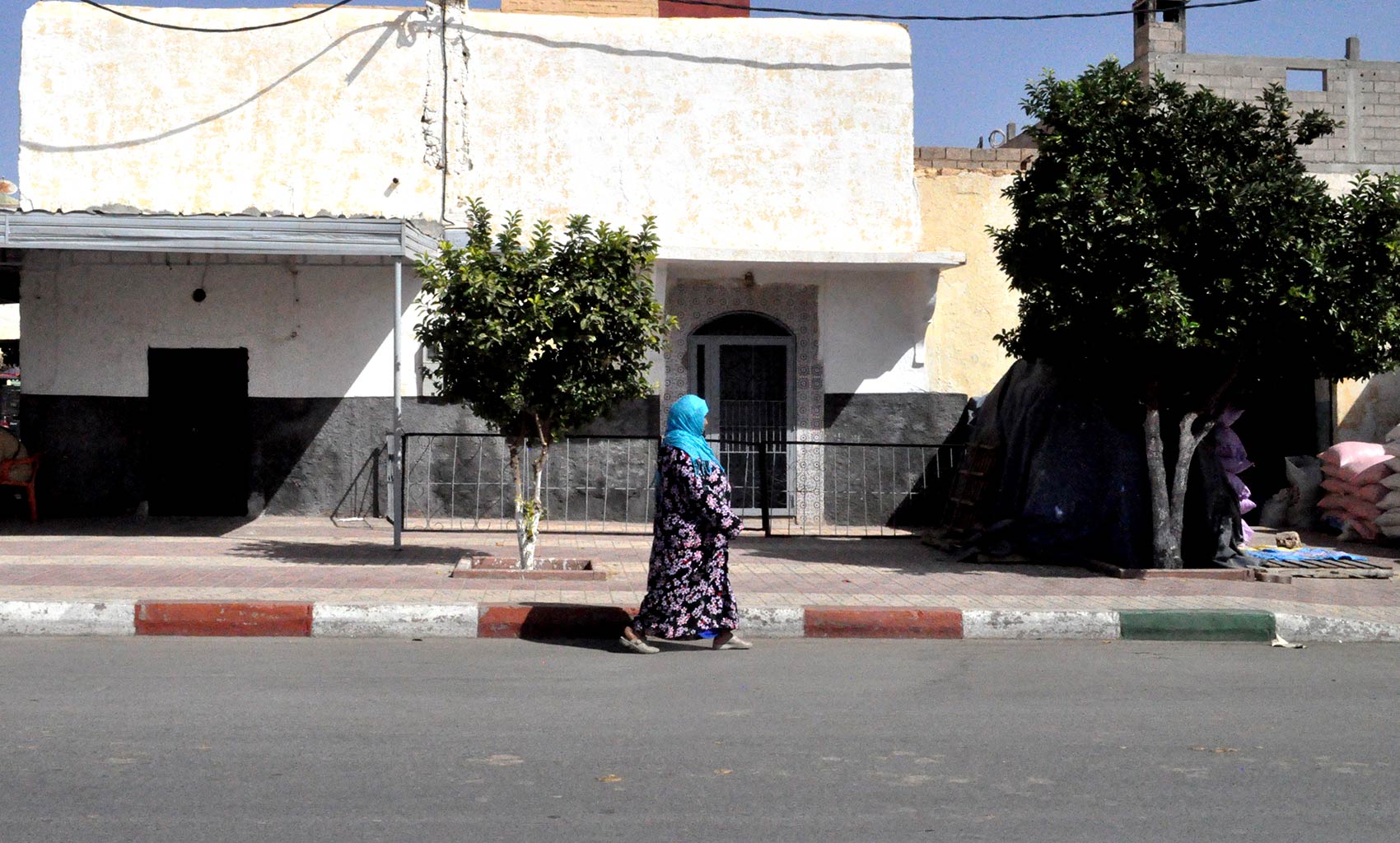
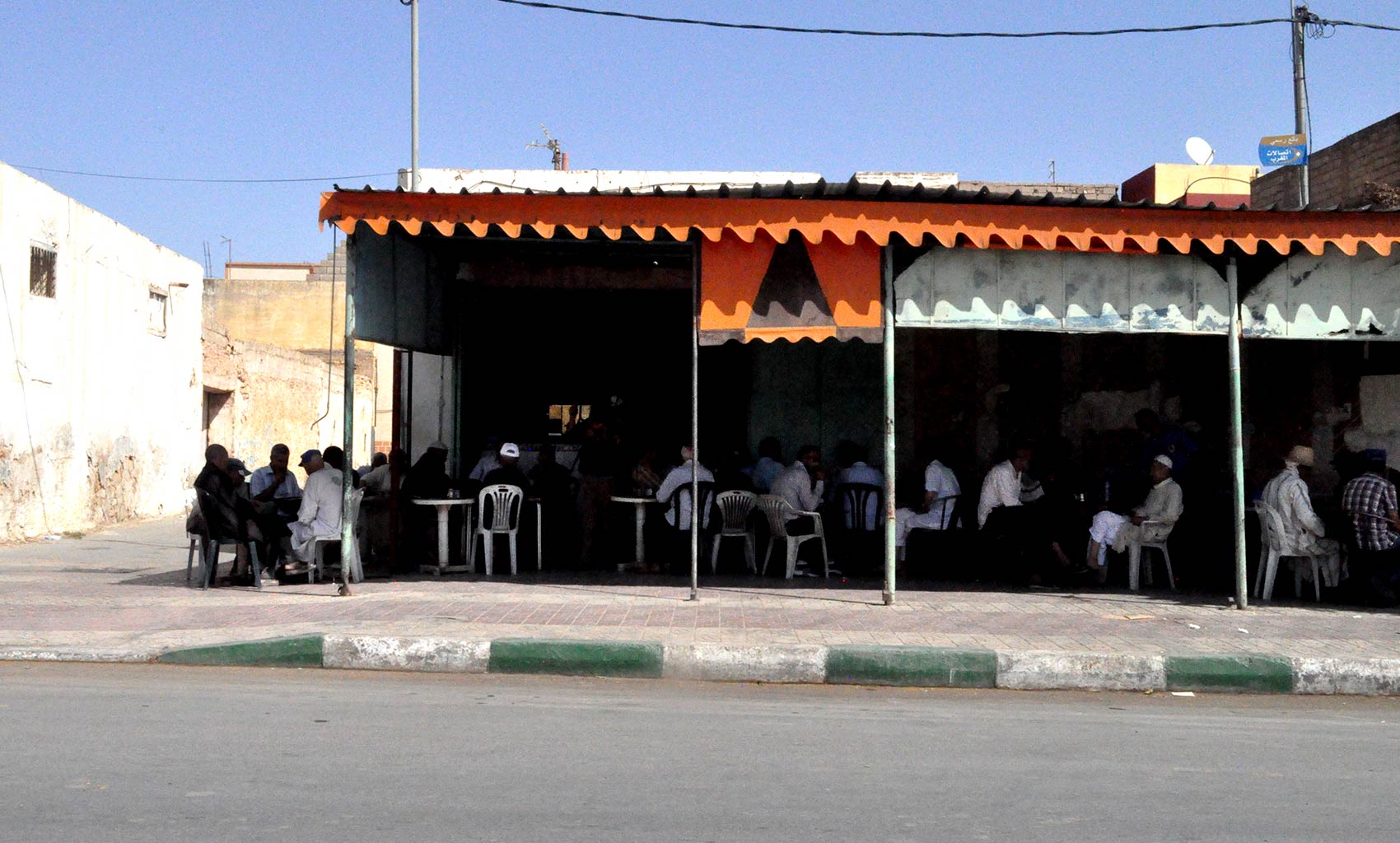
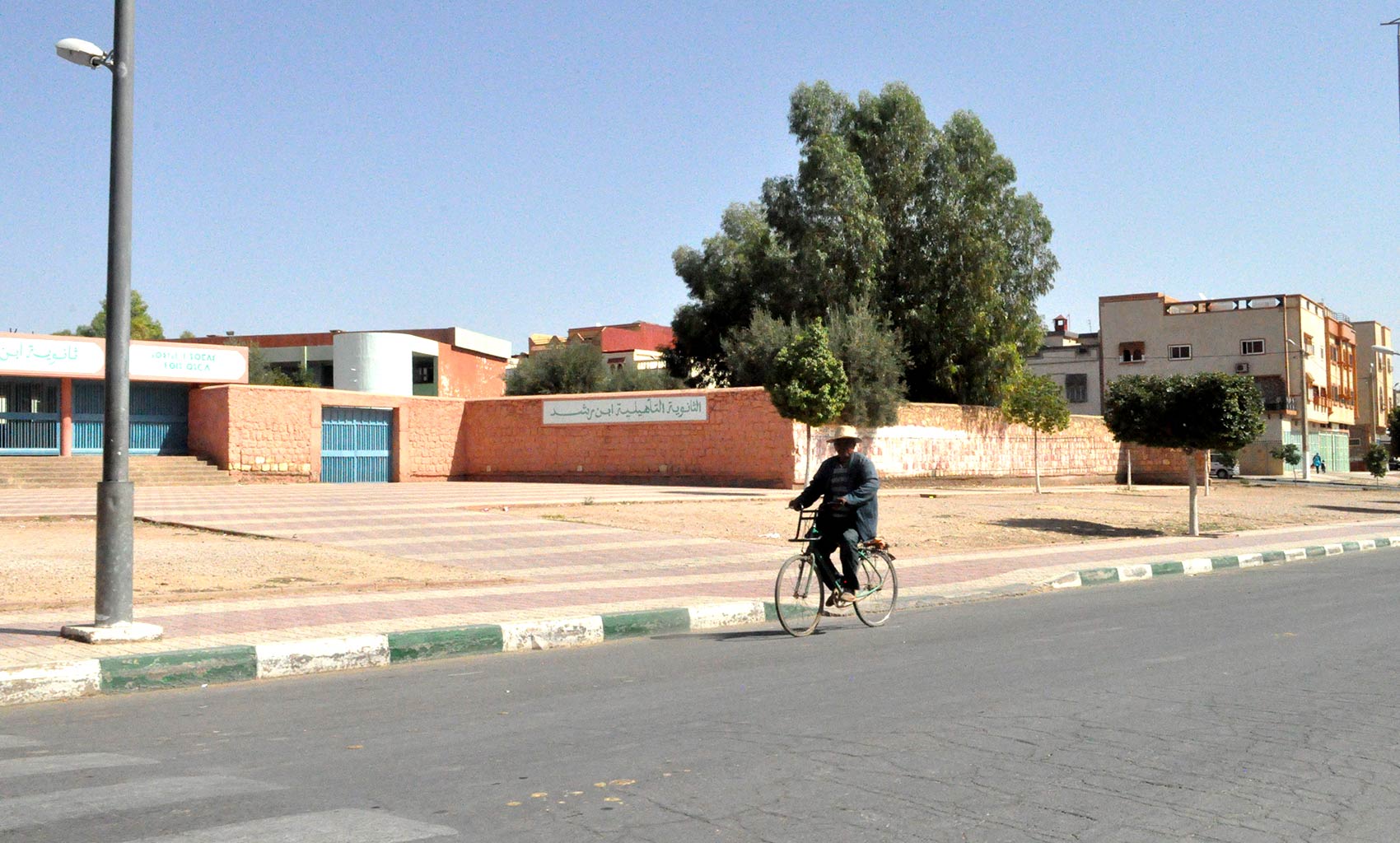
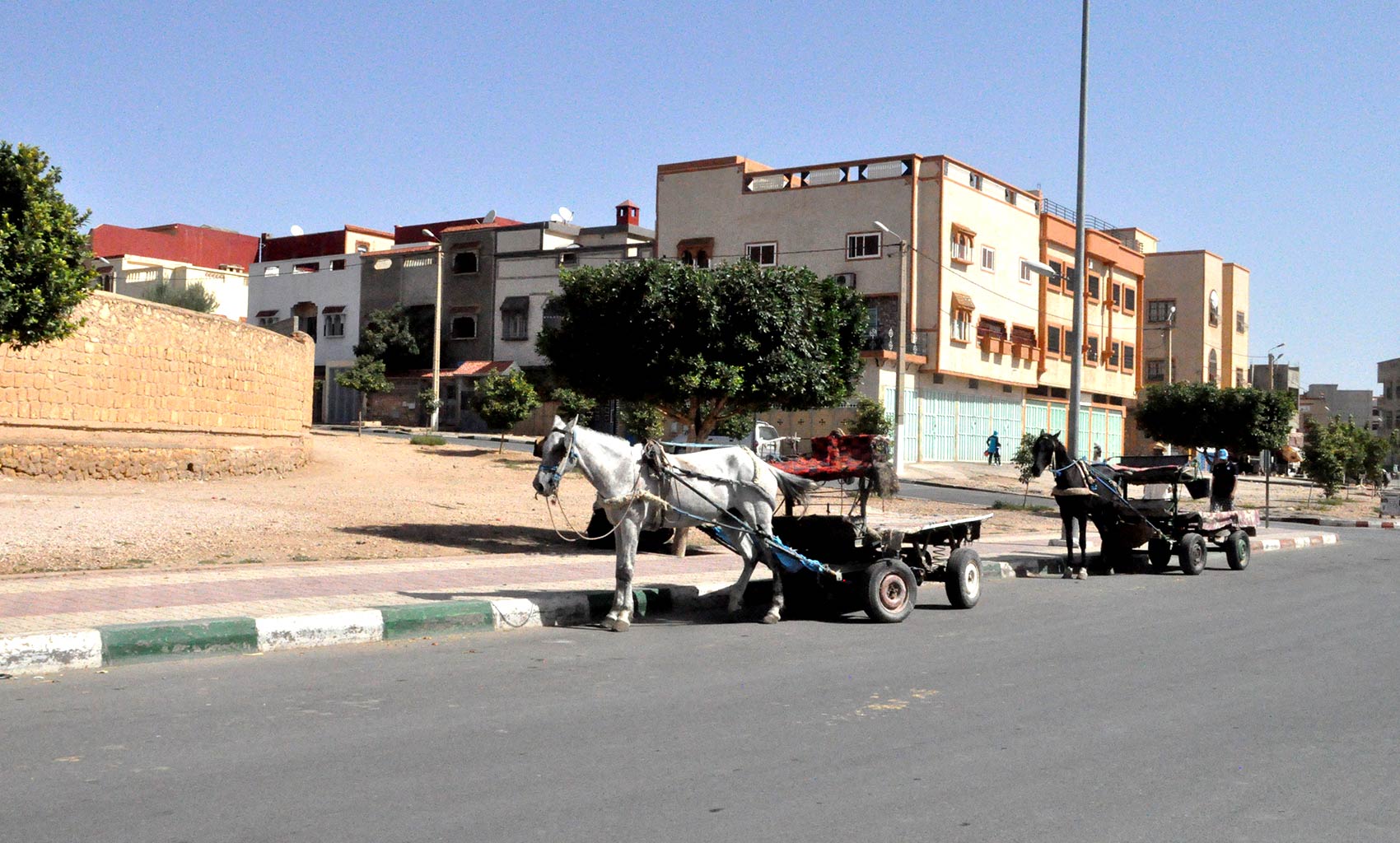
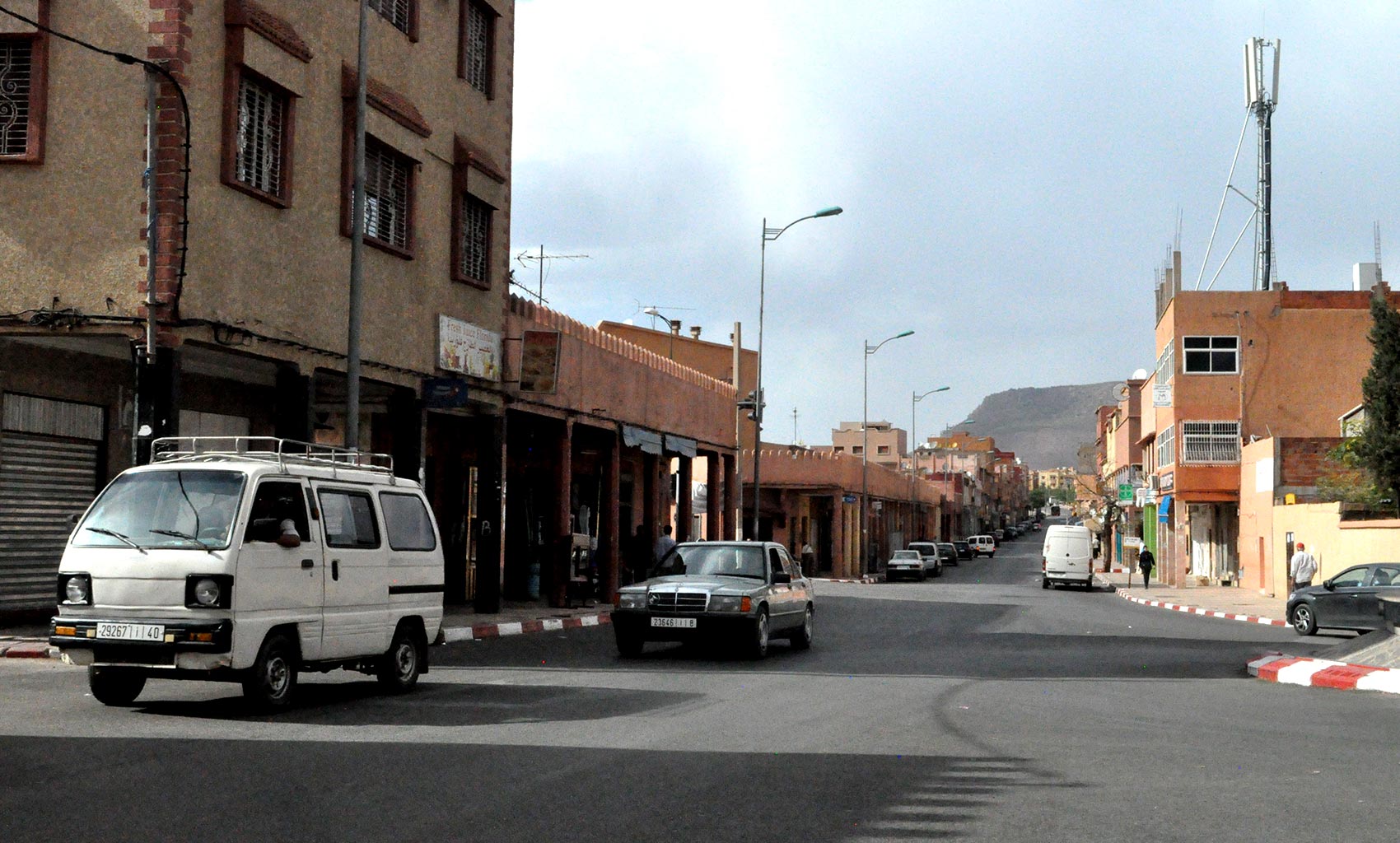
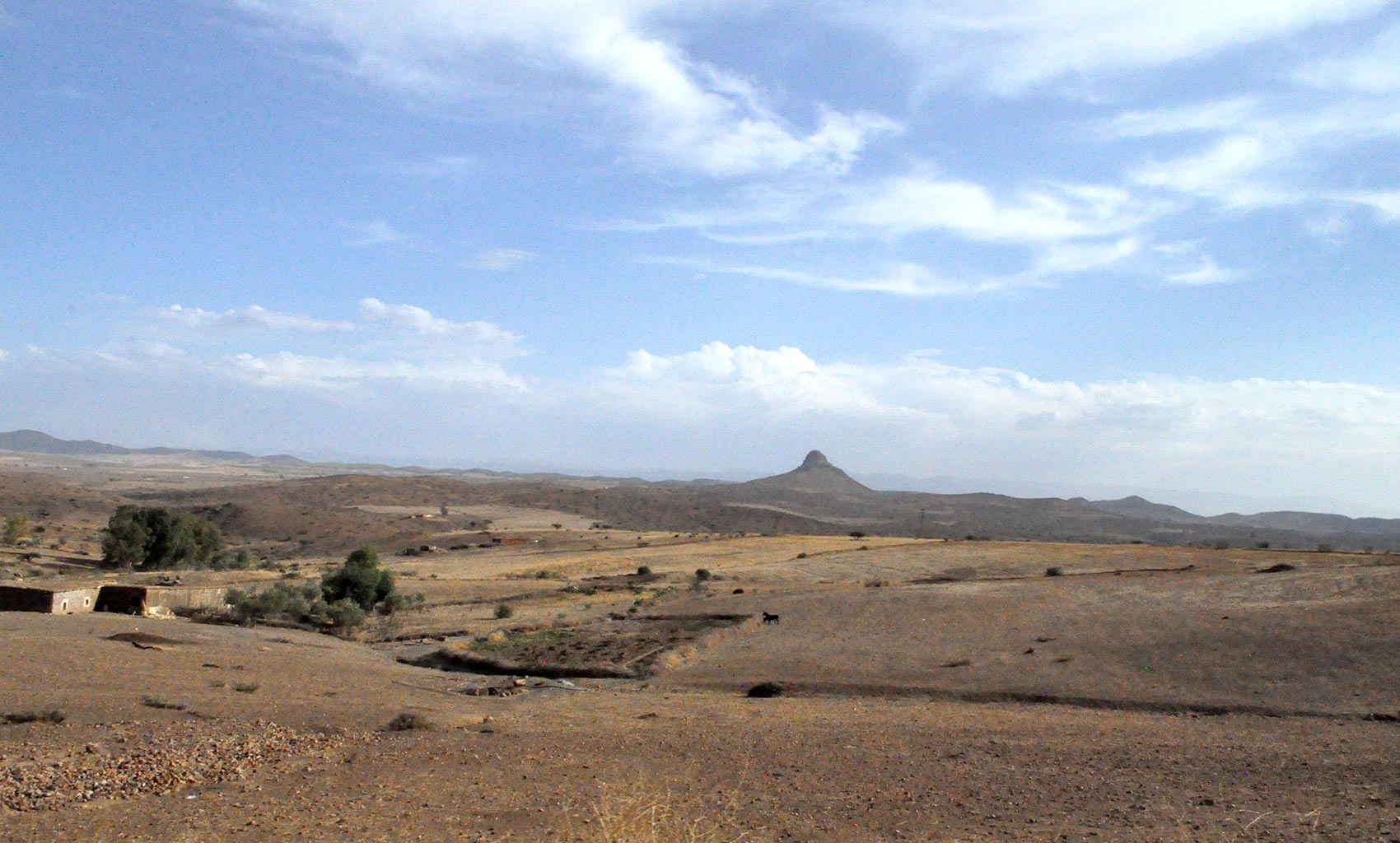
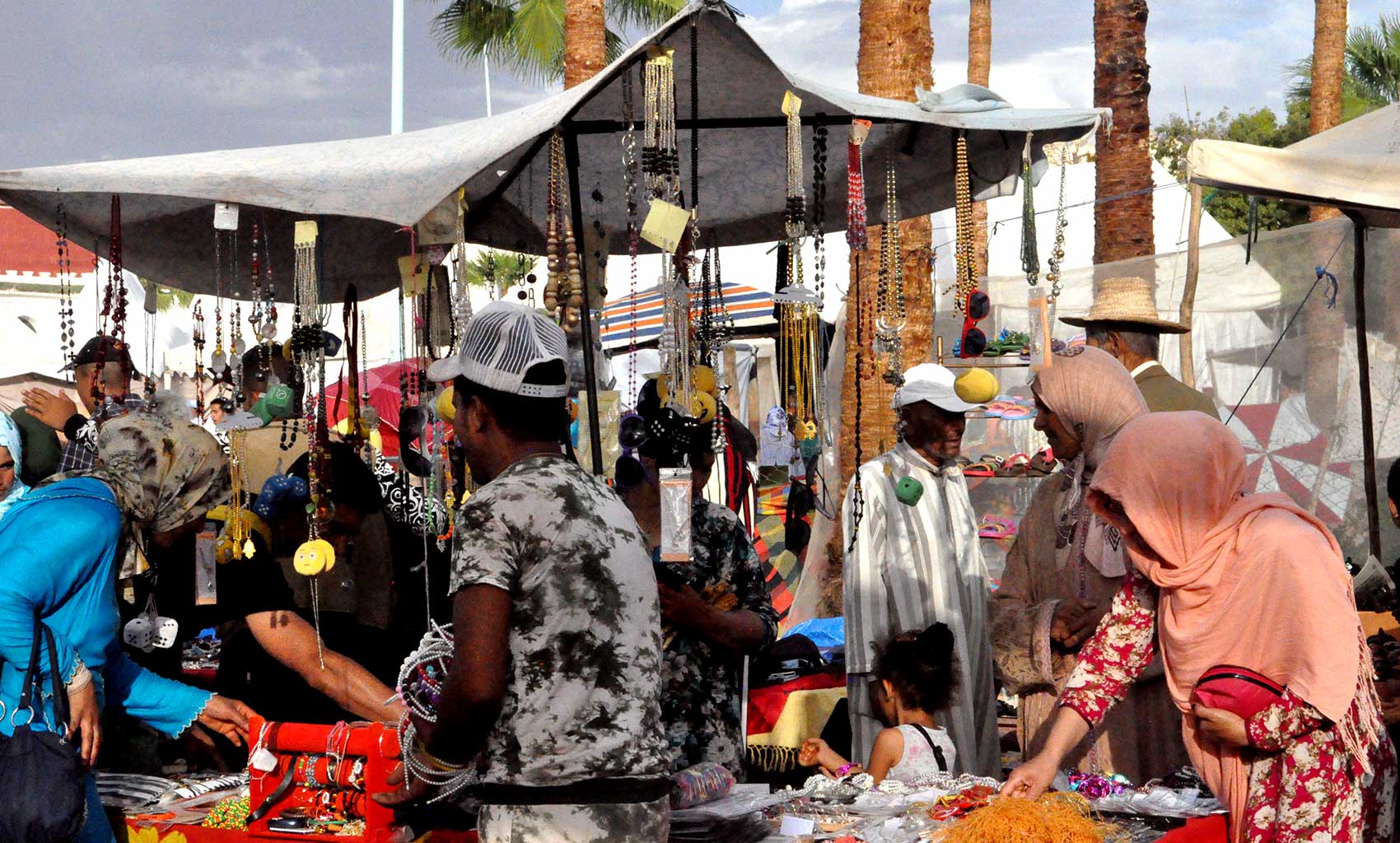
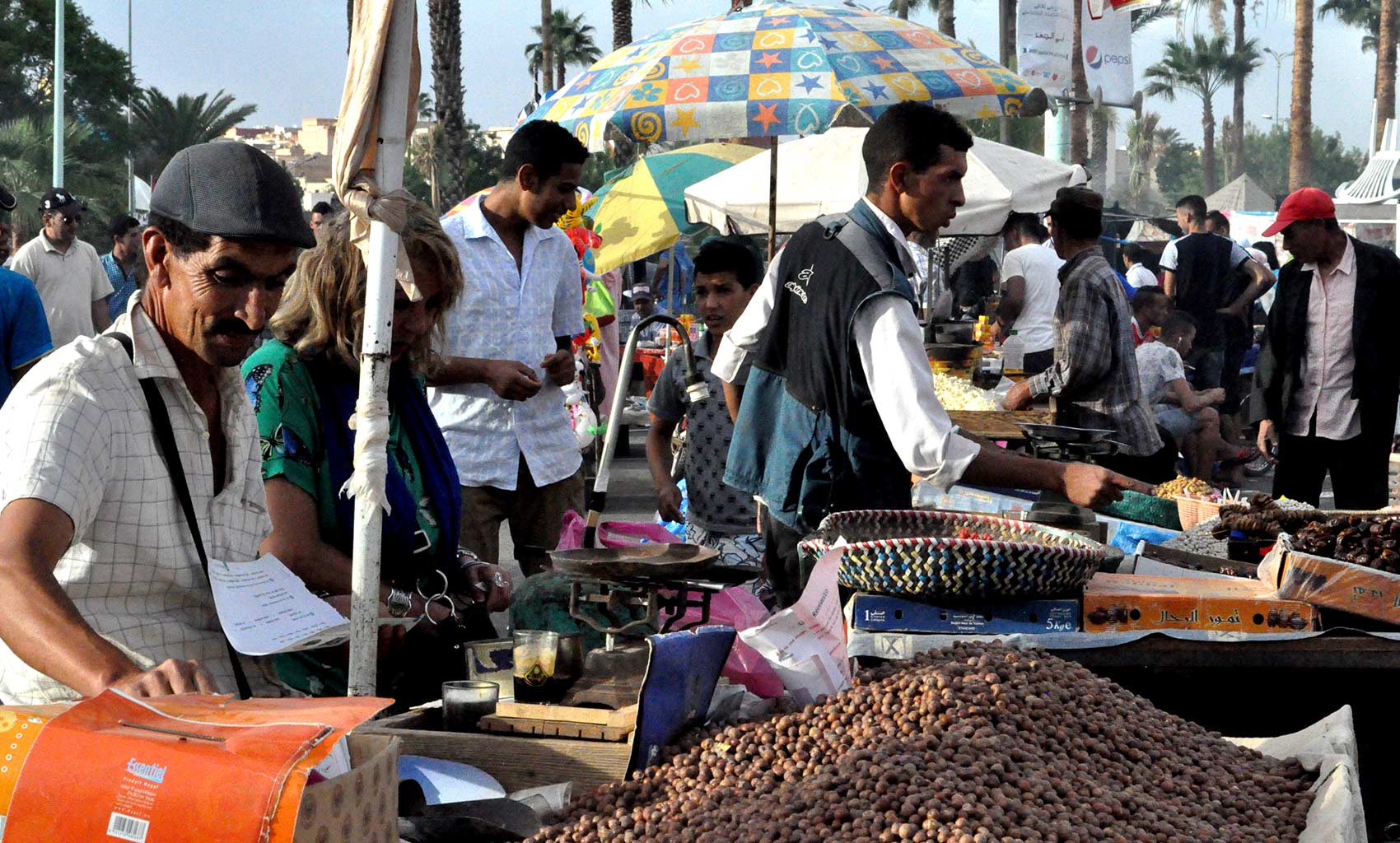
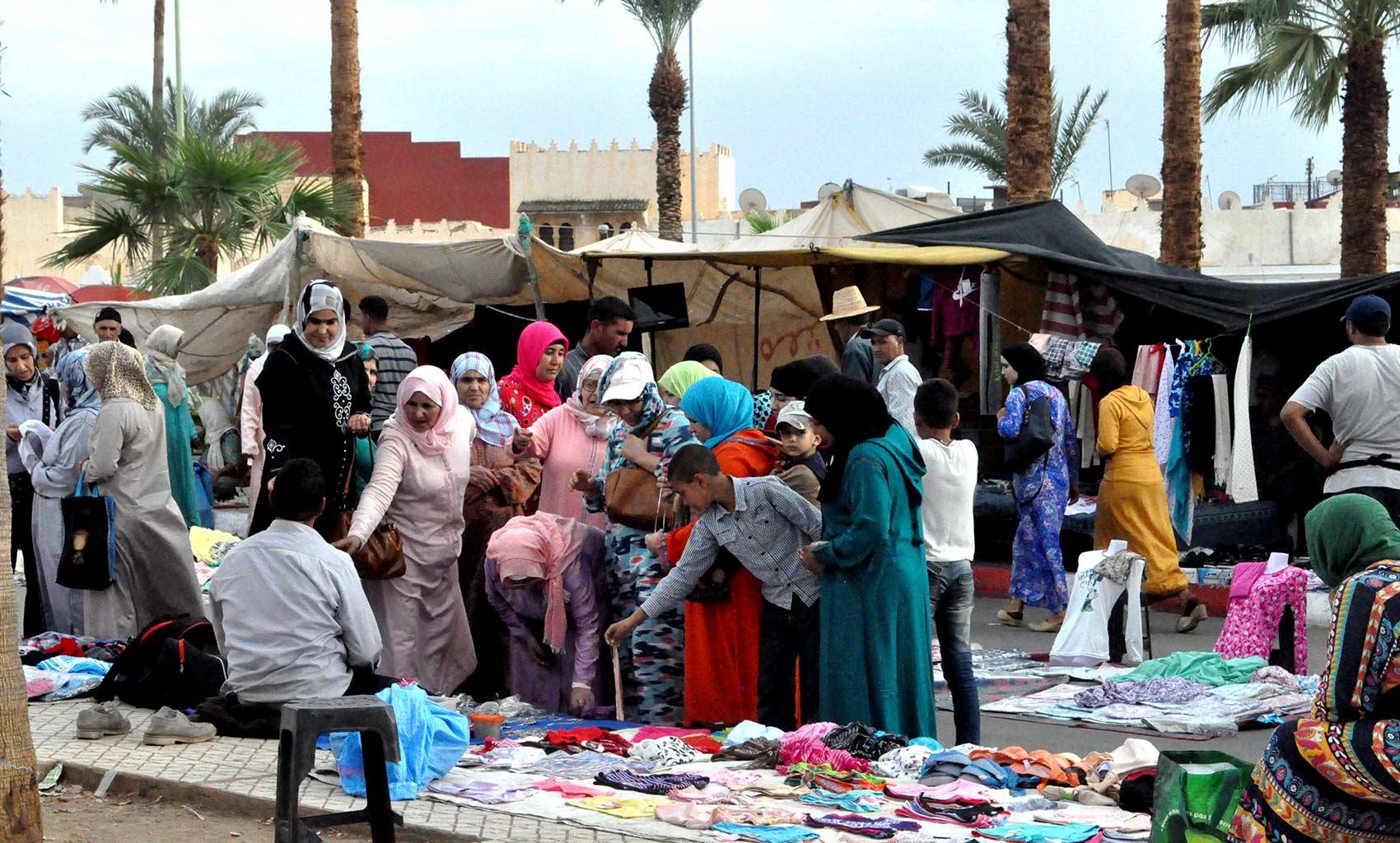
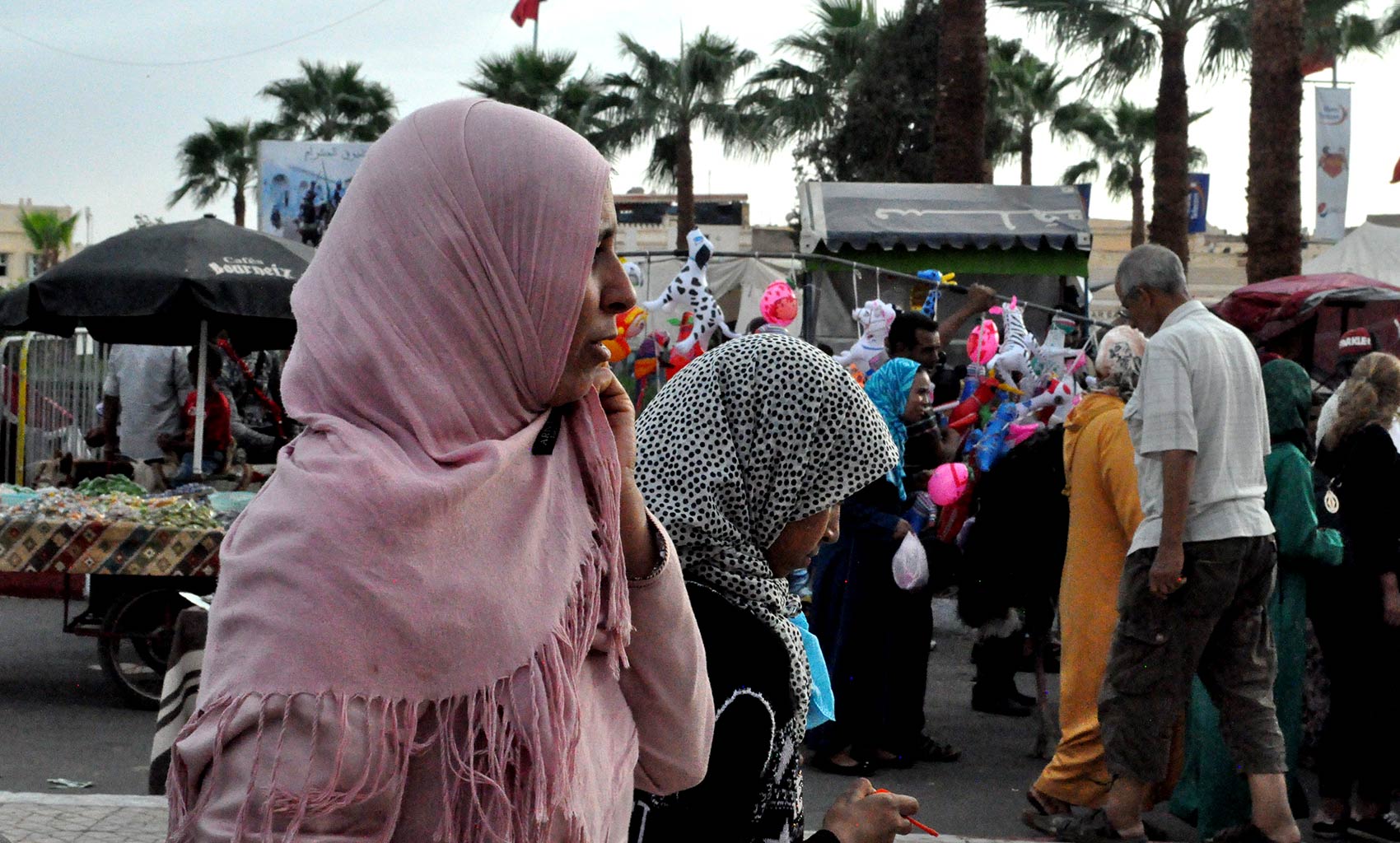











Technical summary:
Wastewater treatment capacity:
- 23,000 m3/day
- 23 MLD
- 6.1 MGD US
Overview and consideratrions
- This wastewater treatment plant was built to serve over 150,000 homes and business in the rural inland area of Khenifra
- Simple trickling filters allow for air to be drawn up through openings at the base of the tanks, ruling out any need for expensive air blowing or sound reduction equipment
- Meanwhile, the large footprint available for construction allowed for simple sludge drying beds, without any complex dewatering requirements
Wastewater treatment process:
- Pre-treatment of raw sewage using a fine screen system and gravity grit/grease removal
- Clarification of the pre-treated influent by settling and sedimentation using Imhoff tanks
- Biological treatment using high efficiency plastic media trickling filters
- Secondary clarification to ensure effluent quality meets required standards
- High quality effluent discharged into the watercourse
- Drying beds for sludge dewatering
Related civil works and equipment:
- Six millimetre automatic fine screens
- Grit/grease pumps
- Plastic media trickling filters
- Four-arm rotary distributors
- Half-bridge clarifiers
- Pumps for digesting sludge (total flow: 36m3/h)
- Pumps for secondary sludge (total flow: 60m3/h)
- Recirculation pump (total flow: 690m3/h)
- Odour control system
- Supervisory control and data acquisition (SCADA) system and instrumentation to measure flows and levels, providing feedback to SCADA
- Electrical building and main administration building (including a laboratory, offices and meeting rooms)
- Landscaping and road works
Request more information about our projects




